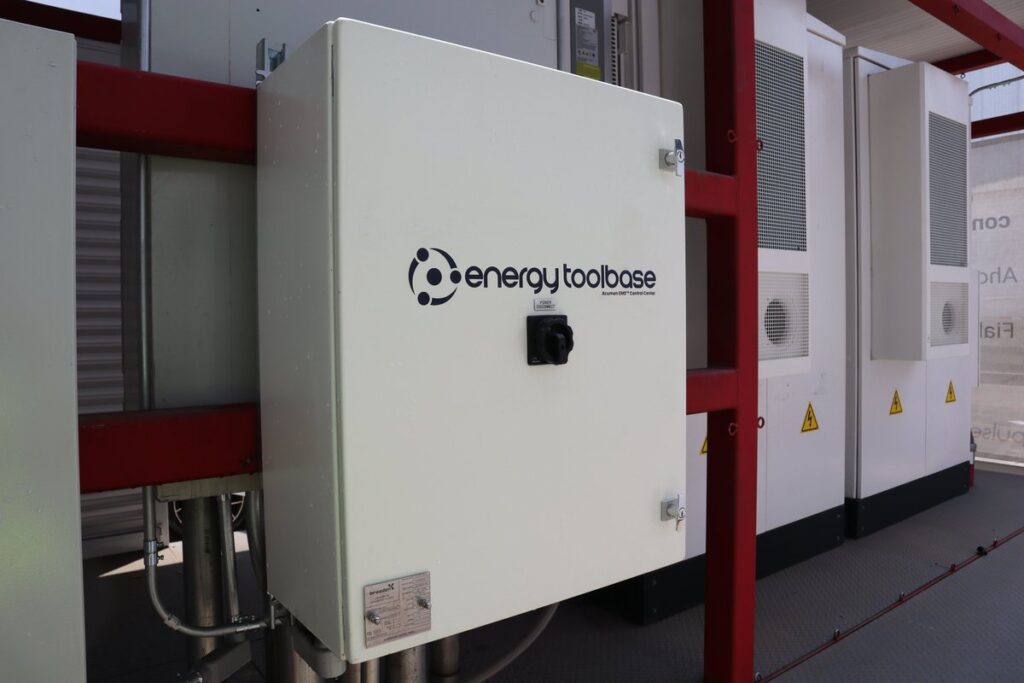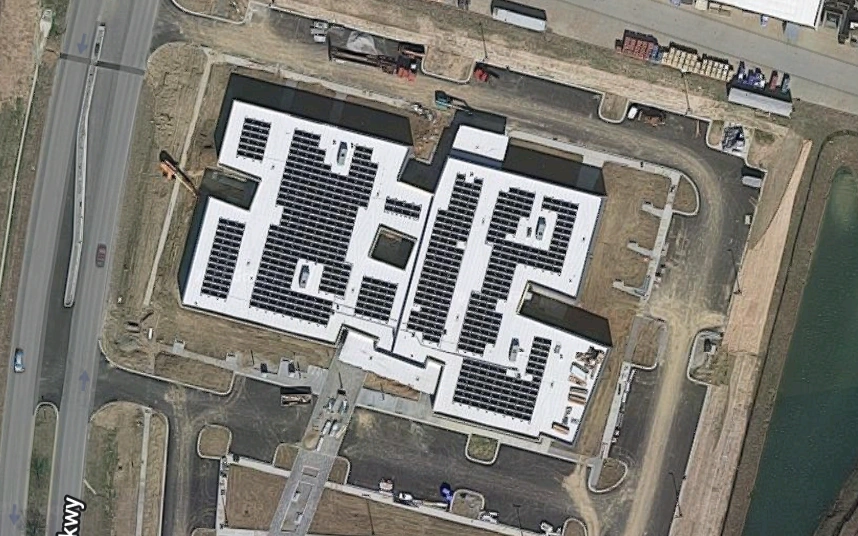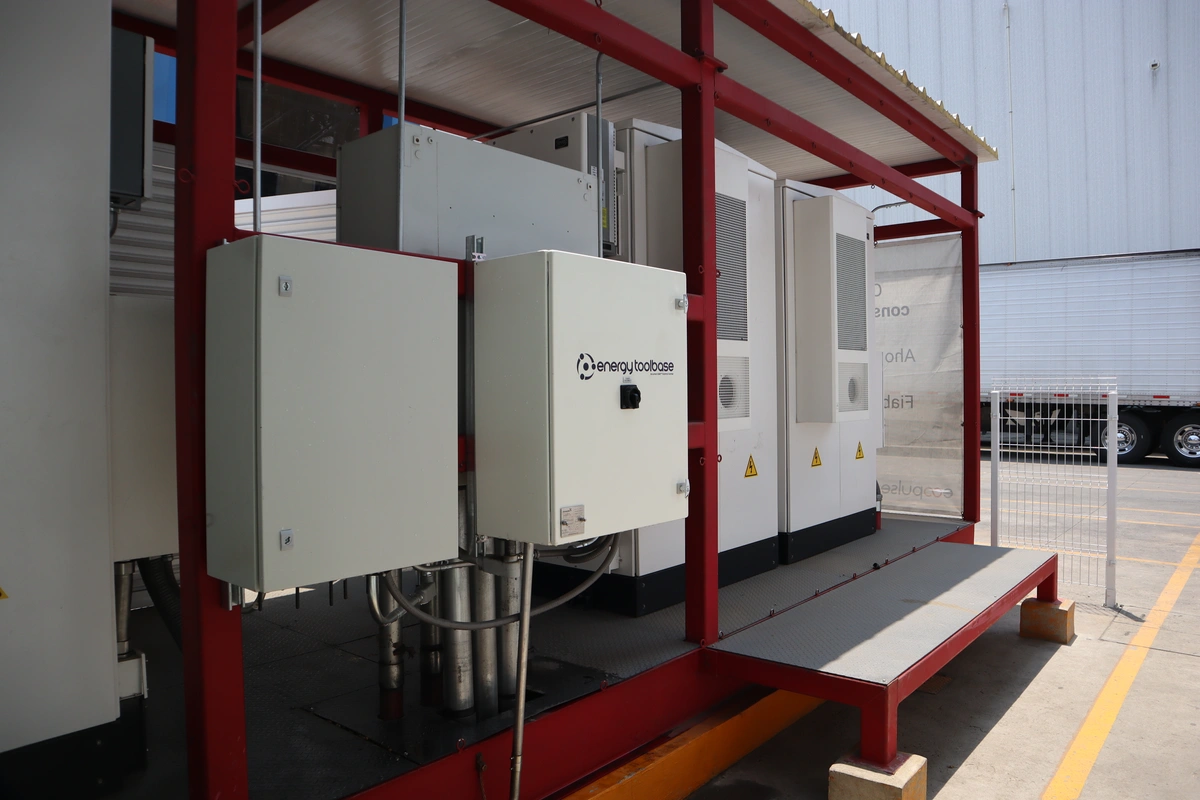Energy Toolbase is dedicated to being the best resource to support your process as you model, deploy, control, and monitor your solar and energy storage projects. Commissioning is a critical part of ensuring your asset is set up to achieve optimal performance and savings in the field. With an extensive commissioning process for our projects utilizing Acumen EMS™, we want to give you an in-depth overview of what to expect as you move forward with your storage projects with Energy Toolbase. When working with our Acumen EMS, a myriad of technical work occurs along the way that requires the expertise of various members across the team. Securing the success of an Acumen EMS project commissioning involves ensuring all components are installed, tested, and operated according to the local utility, energy storage hardware vendor, and host customer’s requirements.
Commissioning is the process of integrating a set of engineering techniques and procedures to inspect every operational component of a project, from individual functions like equipment to complex combinations, such as modules, systems, and subsystems. In the broader sense, commissioning activities apply to all phases of the project, beginning from the basic design to the procurement, construction, and assembly that lead to the final handover of the unit to the owner.
Configuring an Acumen EMS project
When a project has been fully modeled withinETB Developer and the necessary hardware has been procured, the commissioning phase of an Acumen EMS device begins. In most cases, project developers install the necessary equipment for the solar PV system and the Energy Storage System (ESS). The ESS unit is then equipped with the Energy Toolbase Acumen EMS site controller, which includes over ten years of software updates. Once the equipment is installed, the final installation and commission typically take less than half a day.
A project commissioning begins when one of our devices is given power and internet access by the installers. From here, our engineers use our tools to configure the Acumen device based on various details such as the type of battery system it is attached to, how many there are, and other metering particulars. During this process, we also configure the meter (sometimes multiple meters, depending on the location and layout of the site we’re working with). After the initial configuration, the system undergoes its own commissioning process, which varies depending on the vendor we partner with. For example, we have worked with vendors that send a representative to the site to ensure the device is correctly installed before giving our team the reins to control it. Once our team is given control of the asset, we ensure the tooling for ETB Monitor is online so we can support the project for its lifetime.
This Acumen EMS deployment is located in Shepherdsville, Kentucky for a public library with a
system size of 110kW/220kWh utilizing Demand Charge Management.
Key metrics to analyze for the commissioning of an Acumen EMS project
The ESS demand, PV demand, site demand, and metered demand are important to be mindful of during commissioning. Not only are these metrics necessary to monitor at the initial deployment of your project, but they carry significance over the lifespan of your project, necessitating ongoing monitoring. Site demand describes the total amount of power consumed by the site itself. The metered demand, on the other hand, strives to match what the utility would see and bill for. PV demand tracks the amount of power that solar arrays generate and is affected by weather, has a daily cycle, and is highly variable. The ESS trace is what we track when looking at the energy discharged from the battery. The site, PV, and ESS demand combine to give us the metered trace. They all work in concert, and we monitor all these traces to ensure we command the ESS to optimize the metered trace.
Variations by Acumen EMS project
Every site has a different control strategy goal, meaning the site controller must be configured effectively to meet the needs of both the customer and the system. Some sites want to focus on peak shaving, while others want to utilize energy arbitrage. Some sites also require machine learning models, while others do not.
When the system goes live, the site owner can monitor the site through Energy Toolbase’sETB Monitor software platform. ETB Monitor is directly connected to your Acumen EMS, allowing site owners to monitor their energy usage, PV production, and storage efficiency to ensure optimal asset performance. This platform also offers various data analytics dashboard views that enable site owners to visualize precisely when the Acumen EMS discharges throughout the day and week, providing a detailed overview of overall performance.
Acumen EMS projects will vary depending on the vendor we’re working with and the individual needs and objectives of the vendor. In addition, Acumen includes a scheduler feature, allowing users to define the behavior of their device. For example, the device can participate in demand response programs made available by utilities, allowing users to schedule a discharge at their battery at select times. The scheduler enables users to connect multiple sites, where they function as a virtual power plant.
This Acumen EMS Deployment is located in Mexico City, Mexico for an industrial facility with a
system size of 480kW/1,064kWh utilizing Demand Charge Management.
The versatility of Acumen EMS – Works with any vendor on the market
Energy Toolbase’s site controller is vendor agnostic and interoperable with systems of any size. Our Acumen controller is integrated with several leading, tier-one batteries and ESS vendors, including BYD, Chint Power Systems, Tesla, Socomec, and Delta. Integrations with ETB’s Acumen EMS software take a new device (inverter, meter, or temperature sensor), where we then figure out how it works manually and then write software that allows us to control the device.
The process of integrating the Acumen EMS controller with a device can be a challenging task. Often, the team is given the documentation for a device that doesn’t always describe the behavior efficiently. Being able to test the ESS and see how it behaves is an essential part of the integration process of an Acumen EMS project. If a command is sent, our team needs to be able to see how it reacts. For example, if a discharge command stops sending, does the battery time out eventually or keep discharging until the battery dies? Thousands of little interactions can only be understood by using the system itself. Another crucial part of the integration process is fault detection and recovery. If the system faults, are we able to recover it automatically? If so, can we learn what needs to be done and program the control system to do that automatically in the future? If we cannot recover, then the control system will call for service.
These integration engineering activities are primarily done with the support of our hardware partner’s lab. in our microgrid lab. When doing an integration remotely, there is a chance that something could go wrong; for example, the inverter might be put into an unrecoverable state. If our team were to test how to recover from an over state of charge (SOC) fault by charging the battery above the maximum SOC specified on the ESS, the ESS throws a fault and disconnects, as expected. We would do our best to recover the system, only to find that the only way to bring it back online is to physically restart it. All our sites are on a virtual private network, which allows us to push updates or reconfigure the site as needed.
This Acumen EMS Deployment is located in San Diego, California for a distribution center with a
system size of 240kW/532kWh utilizing Demand Charge Management.
Meet Jules LaPrarie – Acumen Solutions Engineer Lead at Energy Toolbase
Jules LaPrarie is responsible for commissioning new projects and getting them up and running. As the Solutions Engineering Lead for the Acumen Solutions Engineering Team (ASE), Jules ensures that our Acumen controls software performs optimally for the end customer to maximize their asset’s value.
“We make sure that every Acumen Energy Management System deployment out in the world is working as well as it possibly can. Often this means working closely with the Product team, Sales, and Acumen developers,” said Jules.” Our team works hands-on in commissioning the Acumen EMS devices, where we work with on-site personnel to ensure things are properly installed. During commissioning, focus on rapid response times to our customers and top-notch customer service. We make an earnest effort to communicate effectively and provide the support our customers need, whether it’s a new device or an existing system.”
Ensuring Success in Commissioning an Acumen EMS System
Our dedicated Regional Sales Managers play a key role in Acumen EMS commissioning, supporting customers throughout this process by confirming settings and developing a clear statement of work (SOW) that defines the scope (charging restrictions, export restrictions, rate tariffs to select from, dispatch procedure, program selection [demand reduction, arbitrage, demand response], etc.) to ensure the device is configured according to the client’s needs. Once the customer purchases our Acumen EMS, a kickoff meeting is scheduled, where the client is then introduced to the Operations team and is taken through the process of what to expect during commissioning and throughout Year 1.
The Final Step
Commissioning an ESS utilizing Energy Toolbase’s Acumen EMS is the last step before the system goes live and is handed over to the owner. But a lot of work happens before and after the initial project commission. Energy Toolbase’s Acumen EMS continues to refine and perfect our algorithms to capture all available value streams to maximize savings for our customers. With our past operating experience and R&D training on our machine learning models, we’re continually refining and enhancing our control algorithms.






